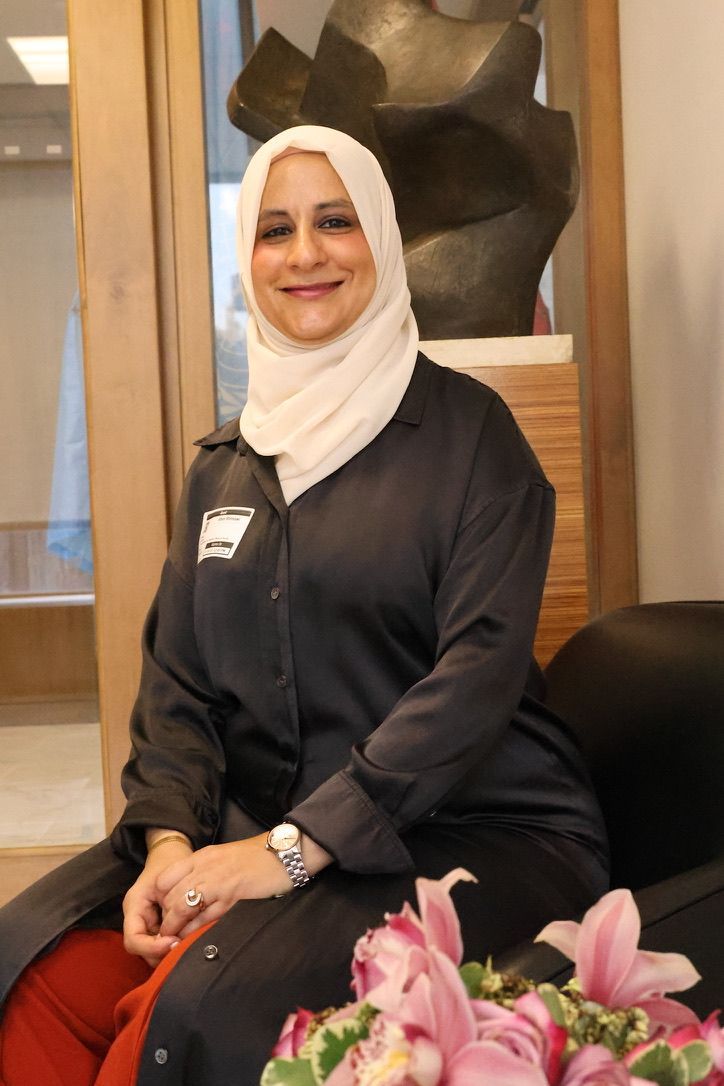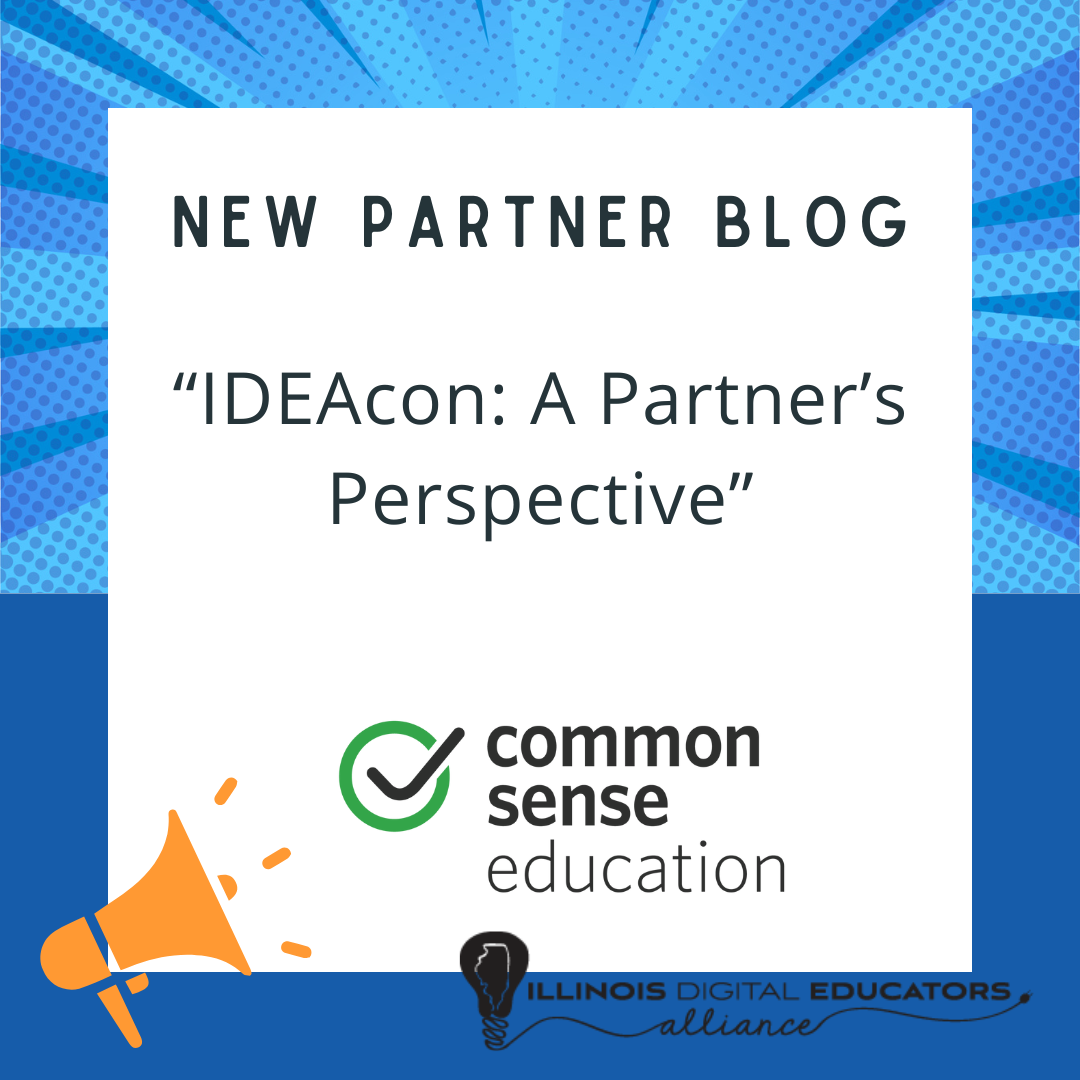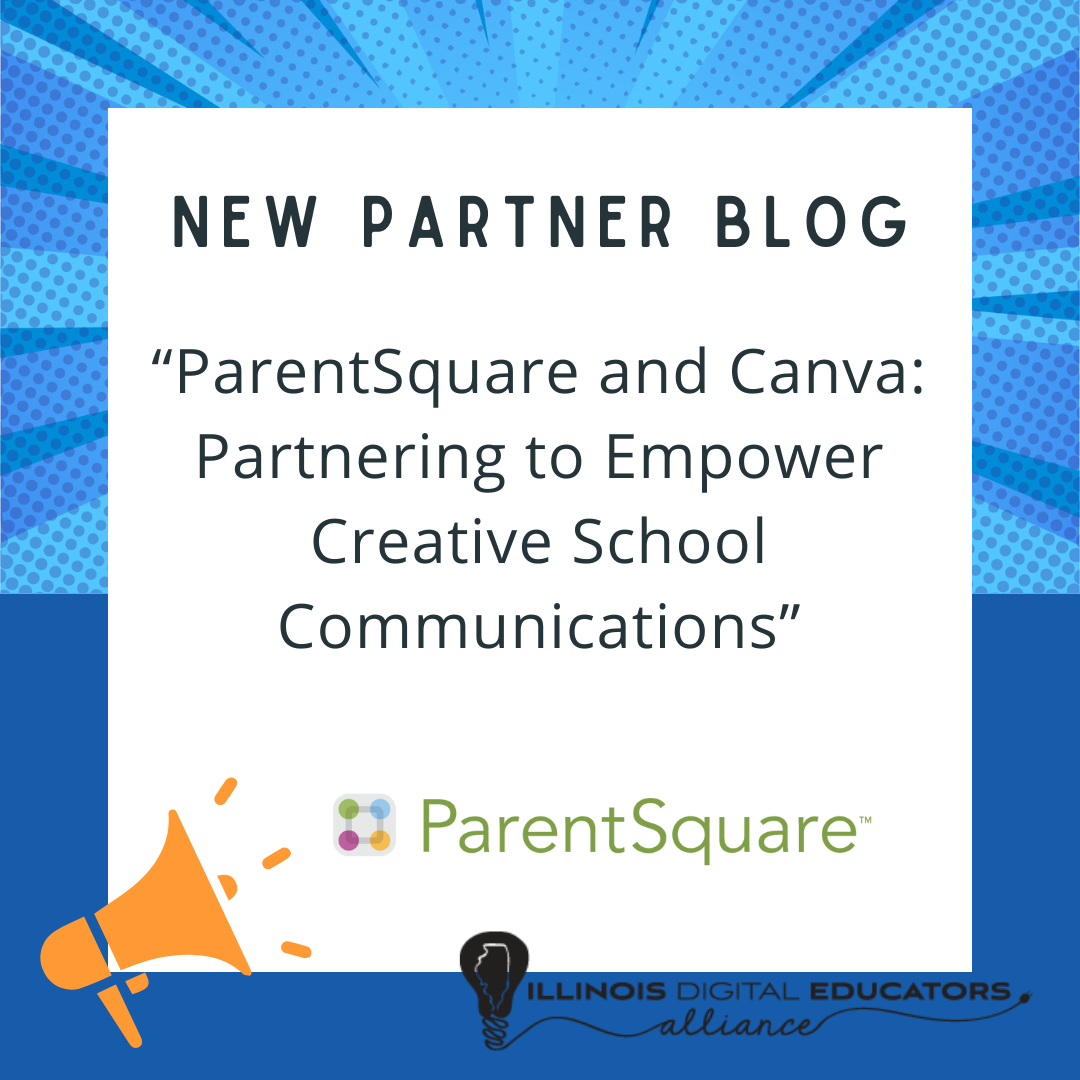Unearthing Hidden Stories: The Importance of Teaching Missing Narratives in History
In her famous TED Talk, Nigerian author Chimamanda Ngozi Adichie warns of the danger of a single story. She explains how growing up, she only read books about British and American characters, and it wasn't until she read African literature that she saw people who looked like her and had similar experiences. This single story of the world can lead to stereotypes, misunderstandings, and a limited understanding of the complexities of different cultures and histories.
Similarly, the dominant narrative in history has been written by those in power, often leaving out the perspectives and experiences of marginalized communities. This has resulted in a distorted and incomplete understanding of our collective past. By reclaiming history and teaching missing narratives, we can break free from the single story and gain a more nuanced and accurate understanding of our past.
There is a saying in the history sphere of teaching that teaching the non-dominant history is called “teaching hard history.” I believe that this is not “hard” but “necessary” history. History is often described as a collection of stories from the past that helps us understand how our world has evolved. However, traditional history education has often overlooked, marginalized or even erased certain narratives, leaving behind stories that are crucial for a comprehensive understanding of our past. The importance of teaching missing narratives in history provides a foundation on building a more inclusive society.
History education should not be about memorizing facts but about developing critical thinking skills. When we teach missing narratives, students are encouraged to question the dominant narratives they have been taught. They learn to analyze sources, consider multiple perspectives, and form their own opinions—a skill that is invaluable in today's world.
For many students, they do not see themselves in the history curriculum that is being taught, therefore, aligning curriculum that reflects student lived experiences provides a culturally responsive lens. Culturally responsive teaching is an approach that recognizes the importance of incorporating students' cultural backgrounds and experiences into the curriculum. By teaching missing narratives, we can make history more relevant and relatable to students' lives. This can help students see the connections between the past and the present, and understand how historical events have shaped the world we live in today.
Teaching missing narratives in history allows us to broaden our perspectives and gain a more holistic view of human experiences. When we only focus on dominant narratives, we miss out on the stories of communities, individuals, and events that have shaped our world. By including these missing narratives, we not only honor the voices that have been silenced but also enrich our understanding of history.
Many missing narratives in history are a result of historical injustices and systemic biases. By teaching these narratives, we acknowledge past wrongs and work towards correcting them. It's a step towards justice and reconciliation with the past, helping to ensure that such injustices are not repeated. History is not just about the past; it also shapes the present and future by inspiring change. Students who learn about the struggles and achievements of those who have been marginalized are more likely to become advocates for justice and equality. History is not just a collection of facts and dates; it is a reflection of the human experience. When we teach missing narratives, we encourage empathy and compassion. Students can better relate to the struggles, triumphs, and challenges faced by people from diverse backgrounds. Students can also learn how groups overcame injustice that led to the creation of laws or policies that impact their lives today. This empathy can translate into a more compassionate and understanding society.
Our society is becoming increasingly diverse, and it is essential that our history education reflects this diversity. Teaching missing narratives ensures that all students can see themselves represented in history, fostering a sense of belonging and pride in one's heritage. Students can also find connections between their own communities and those of other communities and how we build on the knowledge and strengths of each other to create the larger harmonious collective of society.
Incorporating missing narratives into history education is not only about rewriting history but about enriching it. It's about acknowledging the stories that have been ignored, silenced, or forgotten and giving them the place they deserve. By doing so, we create a more inclusive, empathetic, and informed society—one that can learn from its past to build a better future.

Abeer Ramadan-Shinnawi is a Palestinian American educator of 20+ years. She has held leadership positions in the U.S. in various school and district settings. Abeer is a veteran middle school social studies teacher who has used her upbringing as a child of immigrants to help connect students, schools, and communities. She has worked with schools, cultural institutions, and publishers throughout her career to provide curriculum, content, and activities that reflect BIPOC students and teachers. Ramadan-Shinnawi started her own education consulting business in 2019 called Altair Education Consulting out of a need to create learning pathways about Muslim and Arab youth for all educators but also provide educational materials, professional development, and speaking sessions about amplifying the voice and history of the Arab/Muslim American communities.
RECENT ARTICLES




